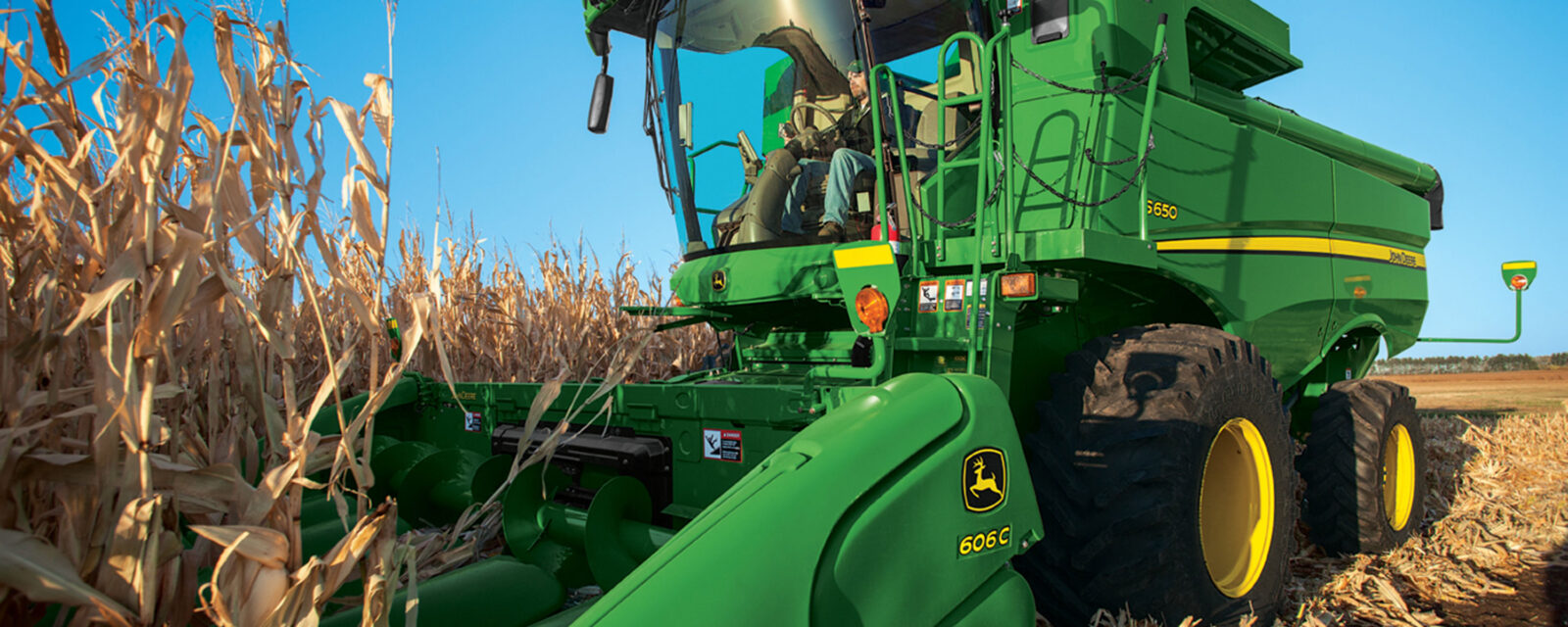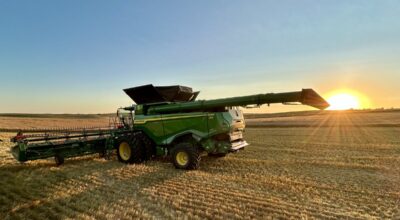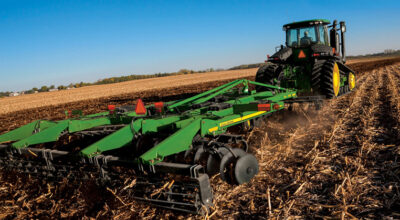As summer draws to a close, farmers are busy preparing for the upcoming harvest and planning for the months ahead. Fall farming requires a combination of strategic planning, attentive care, and efficient execution, all of which are critical to maximize yields. But with the right preparation for harvest season tasks — from crop storage to equipment maintenance — farmers can enjoy a smooth and productive fall farming season.
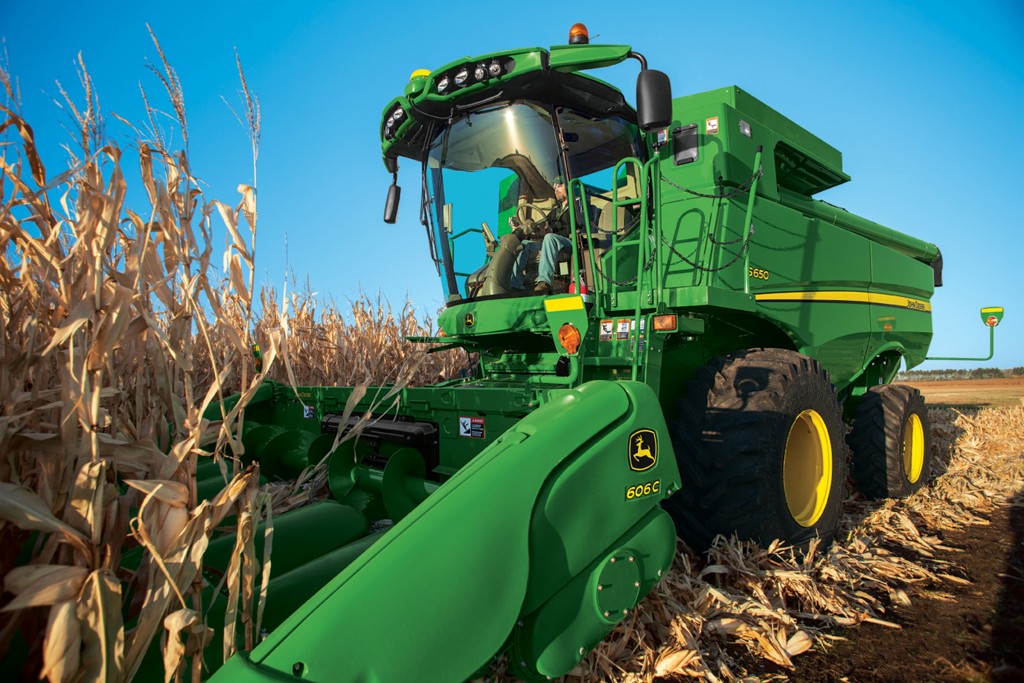
Fall Farming: The Harvest Season
Fall is synonymous with the harvest season — a time when farmers reap the rewards of their hard work and dedication throughout the year. But even though it’s the final leg of the growing season, this critical phase demands careful planning and meticulous execution to ensure that crops are harvested at their peak and stored properly.
For many operations, the primary harvest season begins in late summer or early fall. Crops like soybeans and corn are usually harvested in September, though the exact timing can fluctuate based on variables like geographic location and weather conditions. So it’s important to closely monitor the maturity of crops and adjust harvesting schedules accordingly to ensure optimal yield and quality.
What Is the Importance of Farming Preparation During the Fall Season?
Fall farming preparation has two primary benefits: maximizing crop yields and minimizing future hurdles.
Fine-tuning techniques and strategic planning are essential to not only safeguard the current harvest, but to prepare the soil for future growing seasons. From managing pests and diseases to maintaining equipment and enriching the soil, fall farming preparations provide tangible benefits both now and later.
9 Fall Farming Tips for Harvest Season and Beyond
Fall farming requires thorough preparation and planning. Take these considerations into account as you strategize for the harvest season:
Plan the Harvest Schedule
A fully developed harvest schedule prevents bottlenecks and ensures that all crops are harvested at the right time. Additionally, harvest schedules should account for factors such as weather conditions, market demand, and storage capacity.
By aligning harvesting times with favorable weather windows, you can minimize the risk of crop damage. Moreover, staying attuned to market trends allows for strategic timing of harvests, ensuring that crops are brought in when prices are optimal.
Monitor Crop Maturity and Quality
Regularly assess the maturity and quality of crops before harvesting. This practice ensures that crops are picked when they are at their peak in terms of flavor, texture, and nutrient content. Monitoring crop health also aids in identifying any issues that require immediate attention.
Furthermore, conducting systematic checks on the maturity and quality of crops offers a valuable opportunity to fine-tune harvesting techniques and timelines. By assessing crops on an ongoing basis, you can adapt to variations in growth rates caused by factors such as soil conditions, climate fluctuations, and pest pressures.
Manage Pests and Diseases
Comprehensive pest and disease management during the harvest season is essential for maintaining crop quality, maximizing yield, and meeting market standards. Proactive management keeps pests and diseases from spreading to neighboring fields and prevents soil-borne diseases from impacting next season’s crops.
Prepare Equipment and Machinery
Well-maintained equipment is a prerequisite for a smooth fall harvest. Before it’s time to harvest, thoroughly inspect and service all machinery, including harvesters and balers. Addressing any mechanical issues in advance minimizes downtime during the harvest and prevents last-minute breakdowns.
Store Crops Properly
Appropriate storage conditions, such as temperature and humidity control, play a vital role in preserving the quality of harvested crops. Investing in sturdy bins, crates, and storage facilities can help prevent spoilage and extend the shelf life of produce.
Plant Cover Crops
Planting cover crops, such as legumes and grains, after the harvest helps protect the soil from erosion, suppress weeds, and restore nutrients. The roots of cover crops enhance soil structure, promoting better water infiltration and retention, while also enhancing microbial activity.
Cover crop selection depends on the soil composition and structure. Legumes, for instance, have the unique ability to fix atmospheric nitrogen into the soil, enriching it with this essential nutrient for subsequent crops. Grains, on the other hand, provide physical protection to the soil surface, preventing erosion caused by wind and water.
Perform Machine Maintenance and Repairs
Neglecting equipment repairs and machine maintenance after the harvest season can lead to costly breakdowns and delays next season. Addressing any minor repairs promptly prevents issues from escalating and becoming more complex, saving time and resources in the long run. Take care to clean off accumulated debris, dirt, and plant residues to prevent corrosion, and damage and lubricate moving parts to reduce friction and wear, which minimizes the risk of mechanical failures.
Prepare Soil for Next Season
Soil tests provide valuable insights into nutrient deficiencies, pH levels, and overall soil composition. Armed with this information, you can make informed decisions about required adjustments to optimize soil conditions. Introducing organic matter like compost or cover crops not only increases nutrient content but enhances water retention and drainage properties. By prioritizing soil health in the fall, you can lay the groundwork for healthier plants, higher yields, and more sustainable agricultural practices in the seasons ahead.
Develop a Planting Plan for the Upcoming Seasons
As fall draws to a close, shift your focus to the future. Develop a comprehensive planting plan for the upcoming season, considering crop rotation, soil health, and market demands. Reflect on lessons learned from the current year’s successes and challenges to inform future planting.
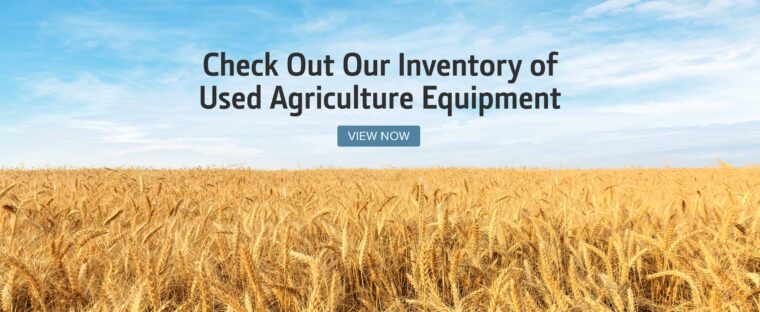
Maximize Your Fall Farming Activities with John Deere Equipment
John Deere offers all the equipment you need to maximize harvest yields and ensure a seamless fall farming season. Whether you require a large square baler, combine harvester, or seeder for your cover crops, John Deere is ready to help make fall farming more productive and efficient. To find your nearest dealer, contact your local John Deere locator.
If you enjoyed this post or want to read others, feel free to connect with us on Facebook, Pinterest, Twitter, or Instagram!
